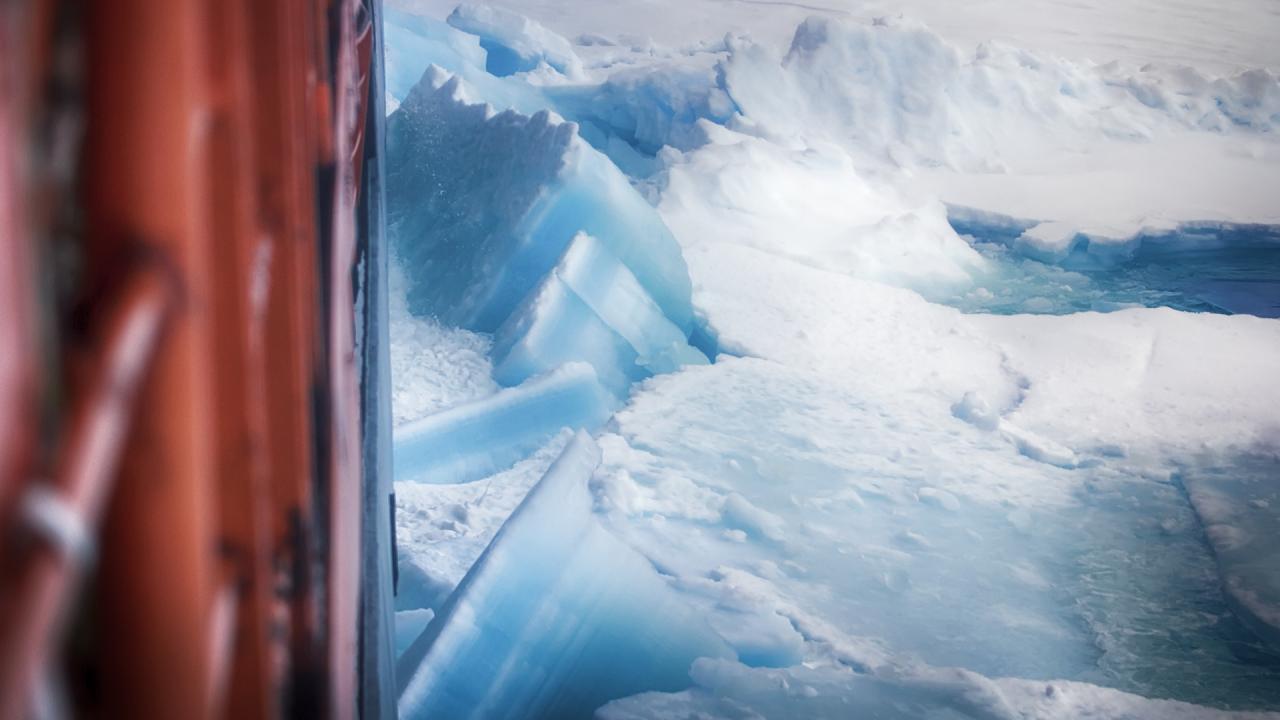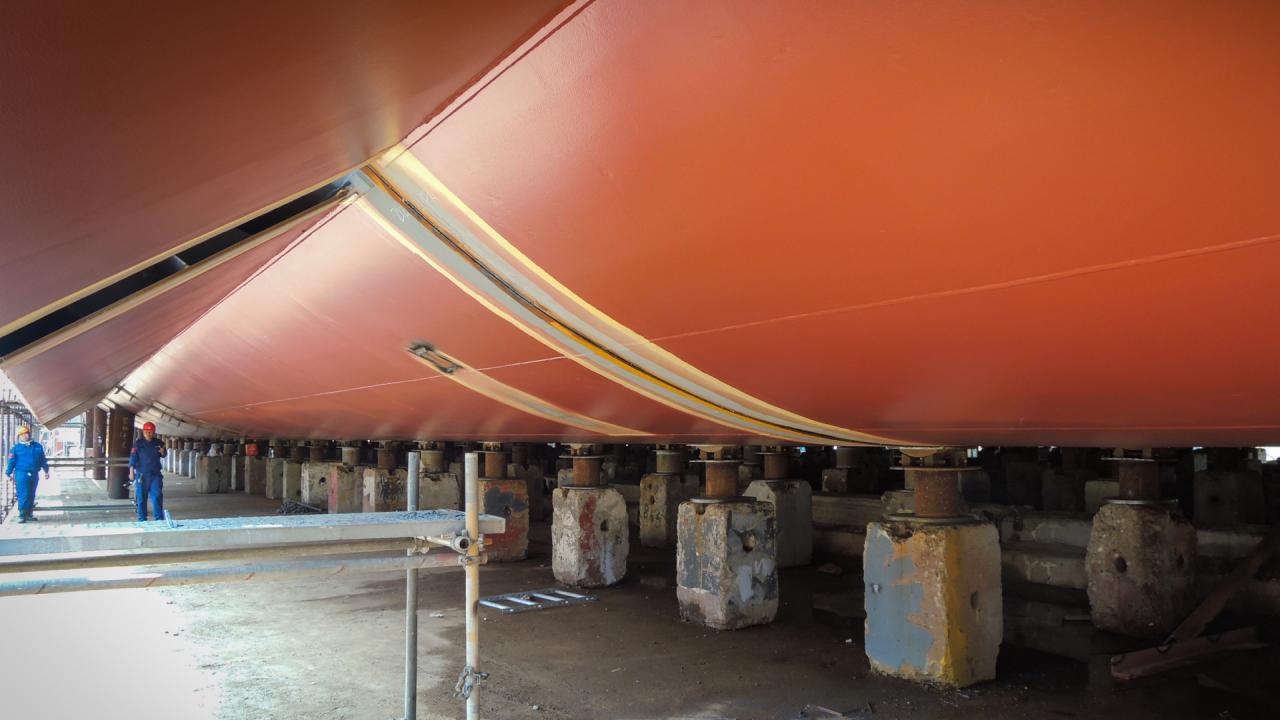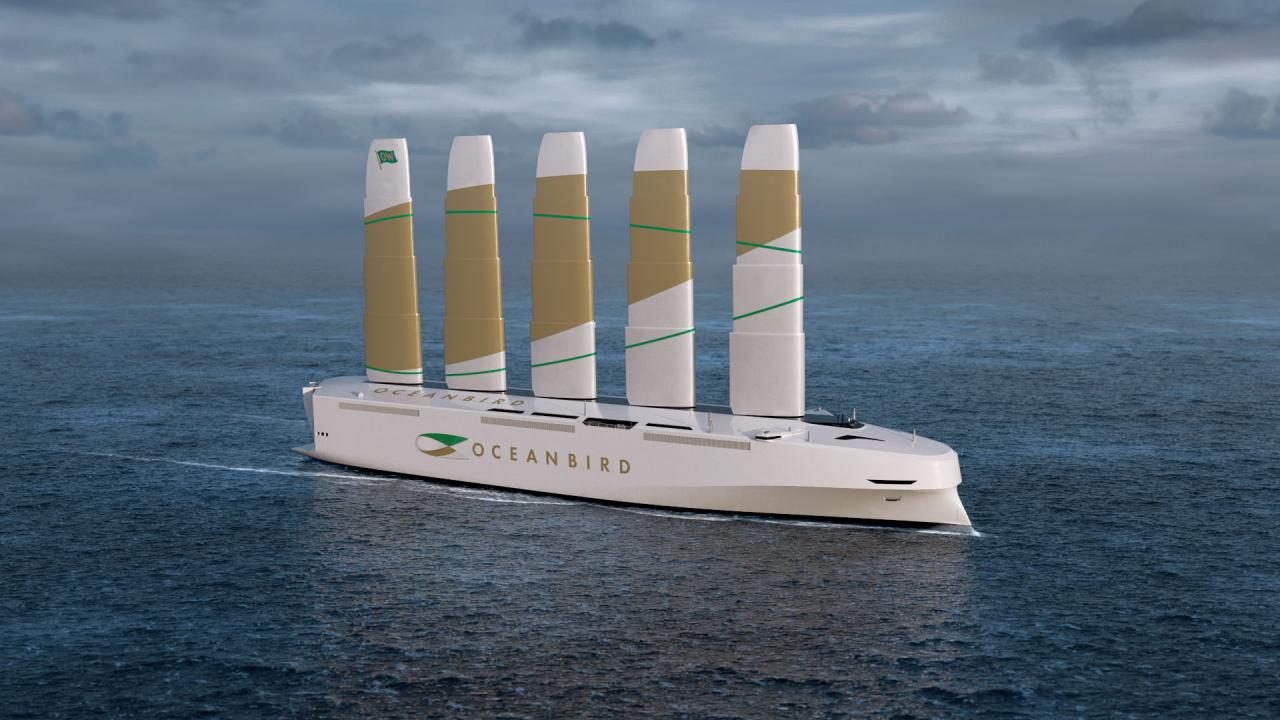How to reduce roll – deep, short bilge keels
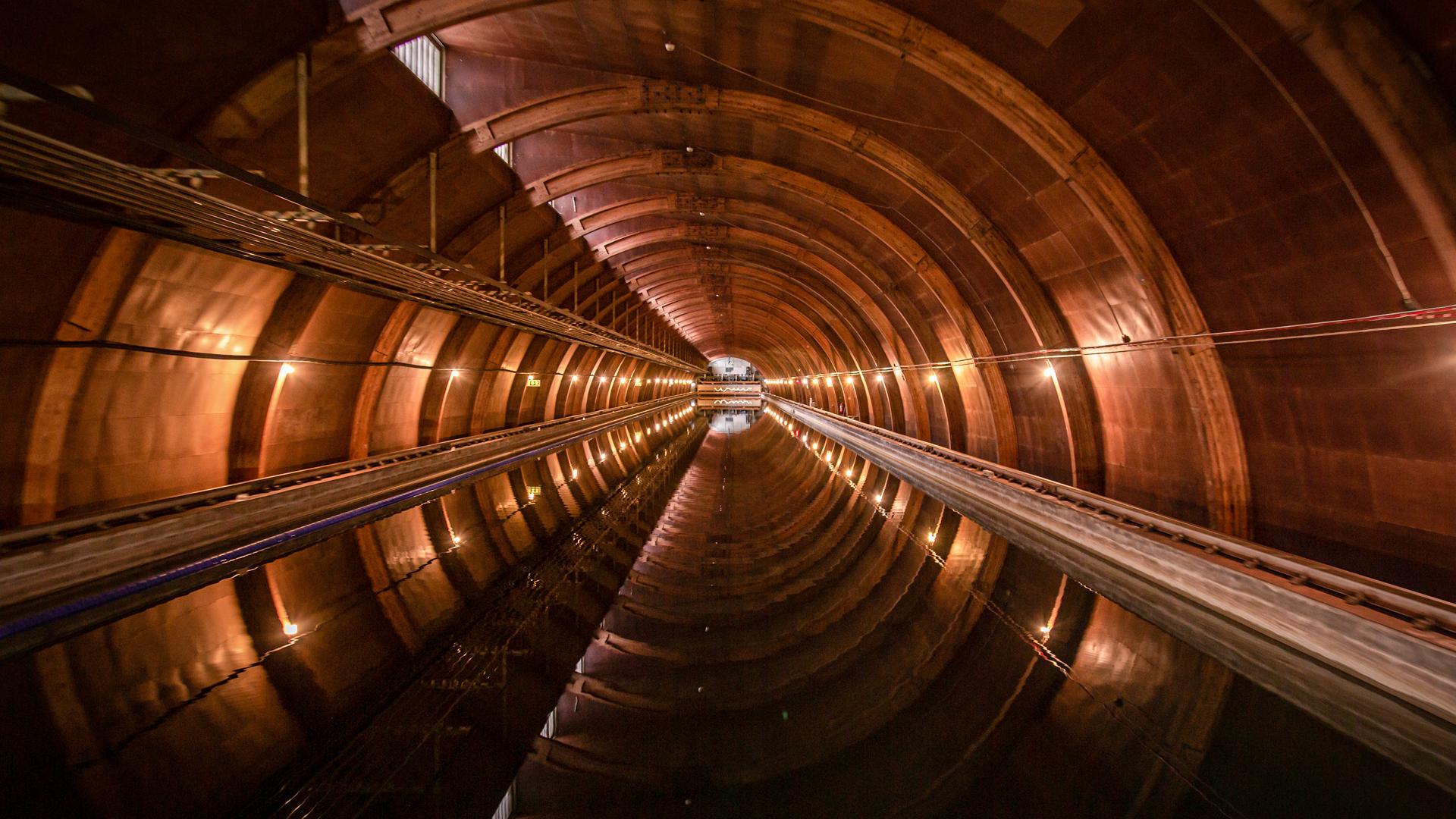
Smart bilge keel solutions mean reduced rolling in WALLENIUS SOL’s new ice-classed, LNG-fuelled RoRo vessels. A model of the vessels was tested at SSPA in Gothenburg to evaluate their seakeeping characteristics.
IN MARCH, construction of WALLENIUS SOL’s new RoRo vessels was begun at the CIMC Raffles shipyard in Yantai, China. Initially, two vessels able to sail to the very top of the Gulf of Bothnia will be built. Because the ships will carry sensitive cargoes such as paper and cardboard in sometimes tough conditions, Wallenius Marine and shipbuilder Knud E. Hansen did everything to make sure the ship’s seakeeping would be the best possible right from the drawing board.
“The vessels are built with high aspect ratio bilge keels, which are deeper but shorter than regular bilge keels,” says Carl-Johan Söder, Naval Architect at Wallenius Marine.
Very deep, but half the length
These days, most commercial cargo ships are built with bilge keels. The long, narrow keels run below the waterline along both sides of the ship, reducing its tendency to roll and providing better seakeeping qualities. Compared to conventional solutions, the bilge keels on WALLENIUS SOL’s new ships are around three times as deep but only half as long. According to calculations and measurements carried out at SSPA’s facility in Gothenburg, the keels provide excellent roll damping properties, with only a marginal increase in hydrodynamic drag.
“It’s always a matter of trade-offs between the different characteristics. We focus intently on minimising the ship’s drag to optimise fuel efficiency without ever compromising on load security. We have also made sure that the deeper keels are strong enough to withstand the stresses from winter ice,” says Carl-Johan Söder.
Scale model tests
Before a ship is built, every imaginable characteristic is tested both through calculations and practical tests. Like many others, Wallenius Marine performs its tests at SSPA, whose facility is on the Chalmers campus in Gothenburg.
“Many companies engage us to help them with everything from calculations to tests and simulations. Being an independent operator owned by the Chalmers Foundation makes us unique, and our research department is run free from commercial interests. This gives us credibility,” says Sofia Werner, Manager Strategic Research Hydrodynamics at SSPA.
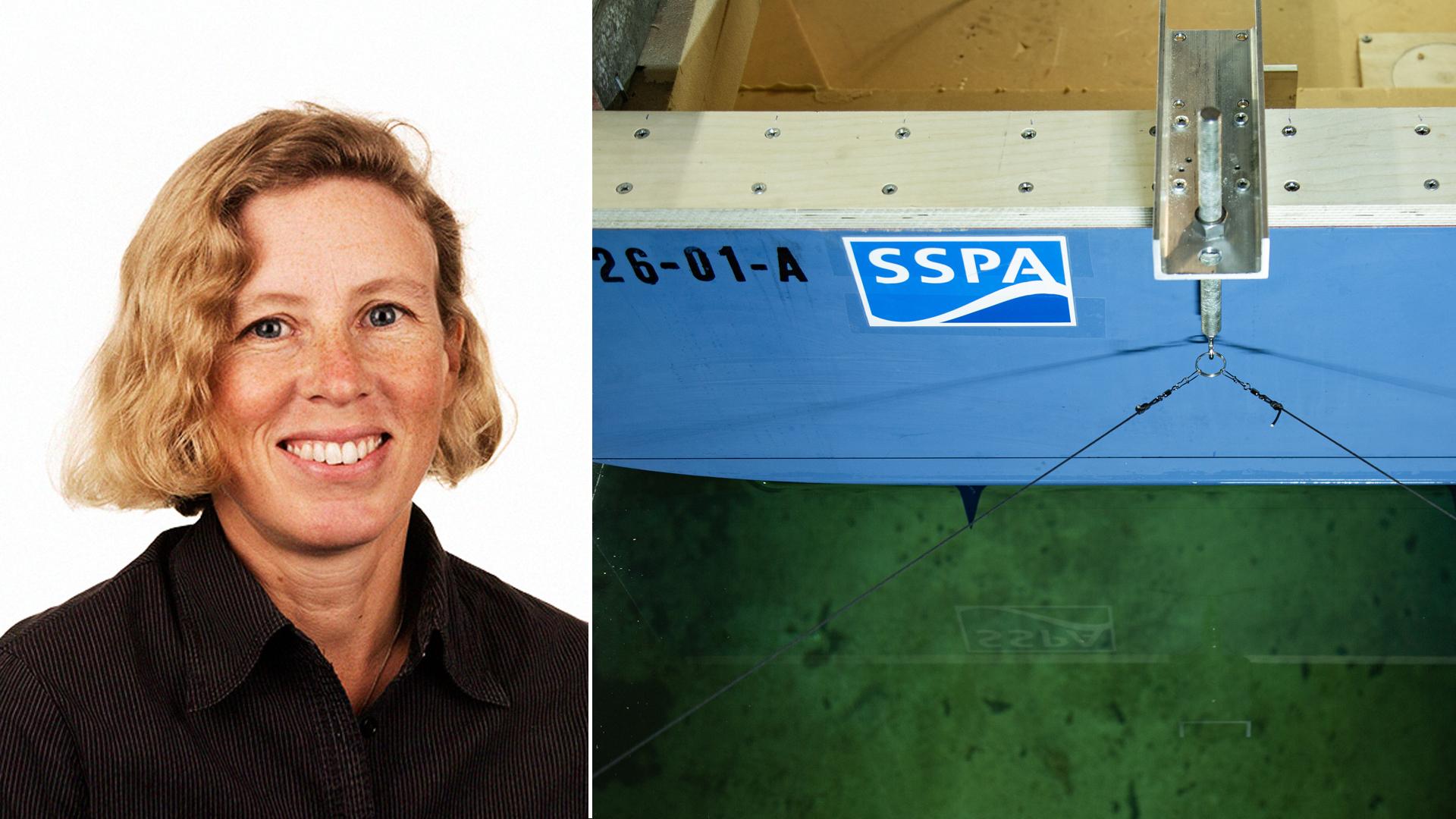
The places where bilge keel characteristics were tested included the classic towing tank, a 260 metre basin that has remained in use ever since the facility was built in 1940. SSPA’s workshop builds models of ships – typically seven or eight metres long – to test operating characteristics, propellers and hydrodynamic drag in the basin.
Also works in practice
There is also a wave tank at SSPA where the models’ responses to various sea states can be studied. The tests include fuel consumption, stability and manoeuvrability.
“When checking roll damping, the model remains stationary in the tank. Next, we simply push the model from one side until it begins to list, and then we measure how long it takes to steady again,” says Sofia Werner.
Carl-Johan Söder tells us that although this type of bilge keel may be unconventional, it has proved to be extremely effective.
“We tested a similar design on an earlier car transporter ship, so we know this type of solution not only works in tests, but also in practice. While finding smart, bilge keel solutions is not our main focus in the majority of ship designs, we are always keen to consider every aspect of a design,” says Carl-Johan Söder.
SSPA in a nutshell
SSPA is owned by the Chalmers Foundation and conducts research, studies and test activities in the maritime field. SSPA has its own workshop where it designs and builds models of ships for test purposes. Testing activities cover four main areas:
Towing tank
At 260 metre still-water basin used for testing hydrodynamic drag and propeller characteristics.
Cavitation tunnel
A large pipe in which models are subjected to water under high pressure to test cavitation characteristics. Cavitation is a pressure phenomenon that occurs e.g. around rapidly turning propellers, and which can cause damage to both the propeller and hull.
Wave tank
Various types of waves are generated to test a vessel’s seakeeping characteristics. Among other things, fuel consumption, stability and manoeuvrability are studied.
Bridge simulator
Used for e.g. testing new types of vessels or new fairways. The simulator calculation model is constantly cross checked with real-world data to ensure the best possible realism and accuracy.

